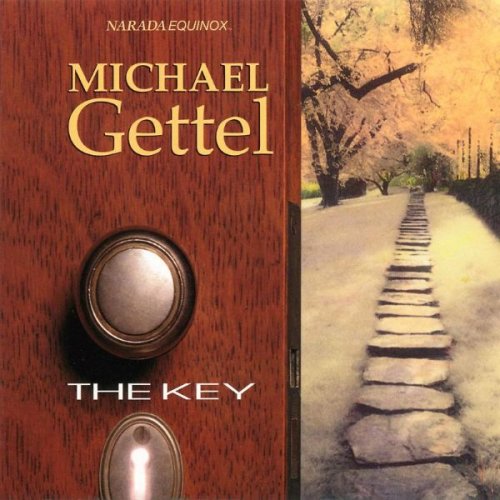Jasper de Waal - Joseph Haydn & Michael Haydn: Works for Horn (2010) [Hi-Res]
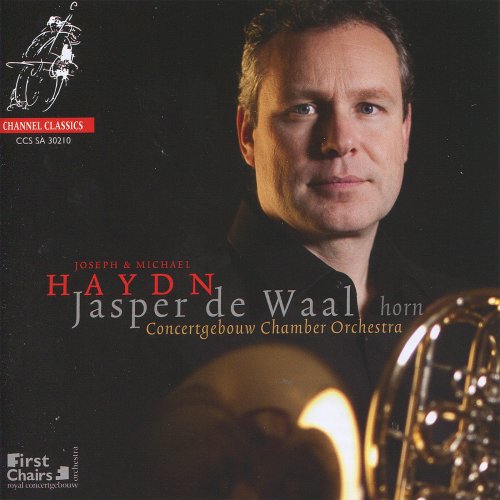
Artist: Concertgebouw Chamber Orchestra, Jasper de Waal
Title: Joseph Haydn & Michael Haydn: Works for Horn
Year Of Release: 2010
Label: Channel Classics Records
Genre: Classical
Quality: FLAC (tracks, booklet) [192kHz/24bit]
Total Time: 54:59
Total Size: 1.66 GB / 243 MB
WebSite: Album Preview
Tracklist:Title: Joseph Haydn & Michael Haydn: Works for Horn
Year Of Release: 2010
Label: Channel Classics Records
Genre: Classical
Quality: FLAC (tracks, booklet) [192kHz/24bit]
Total Time: 54:59
Total Size: 1.66 GB / 243 MB
WebSite: Album Preview
1. Jasper de Waal & Concertgebouw Chamber Orchestra – Concerto for Horn No. 1 in D Major, Hob. VIIId:3 : I. Allegro (05:50)
2. Jasper de Waal & Concertgebouw Chamber Orchestra – Concerto for Horn No. 1 in D Major, Hob. VIIId:3 : II. Adagio (05:44)
3. Jasper de Waal & Concertgebouw Chamber Orchestra – Concerto for Horn No. 1 in D Major, Hob. VIIId:3 : III. Allegro (03:53)
4. Jasper de Waal, Henk Rubingh, Marijn Mjinders, Roland Kramer & Benedikt Enzler – Romance for Horn and String Quartet (04:35)
5. Jasper de Waal & Concertgebouw Chamber Orchestra – Concerto for Horn No. 2 in D Major, Hob. VIId:4 : I. Allegro (05:35)
6. Jasper de Waal & Concertgebouw Chamber Orchestra – Concerto for Horn No. 2 in D Major, Hob. VIId:4 : II. Adagio (04:23)
7. Jasper de Waal & Concertgebouw Chamber Orchestra – Concerto for Horn No. 2 in D Major, Hob. VIId:4 : III. Allegro (04:12)
8. Jasper de Waal, Benedikt Enzler & Henk Rubingh – Divertimento a Tre, Hob. IV:5 (07:27)
9. Jasper de Waal, Jörgen van Rijen & Concertgebouw Chamber Orchestra – Adagio and Allegro Molto for Horn and Tombone : I. Adagio (06:46)
10. Jasper de Waal, Jörgen van Rijen & Concertgebouw Chamber Orchestra – Adagio and Allegro Molto for Horn and Tombone : II. Allegro molto (06:29)
Any self-respecting 18th-century prince relied on enormous, extravagantly expensive hunting parties with dozens of horsemen and hundreds of dogs, whinnying horses, wild bursts of barking, and above all deafening blasts on the horns, as a reliable status symbol. But the horn was not only an outdoor instrument; it was also a well-loved denizen of many a palace music room. The instrument, in the course of the century, had evolved from being primarily an attribute of the hunt into a full-fledged member of the classical orchestra. Stopping technique became widespread around 1750: by moving the right hand inside the bell, the player was able to fill in the breaks in the horn’s natural scale, making it possible to play melodies. This changed the roaring brassiness of the hunting horn into a somewhat veiled, warmer sound associated with the French horn. (Valves were not added until the 19th century.)
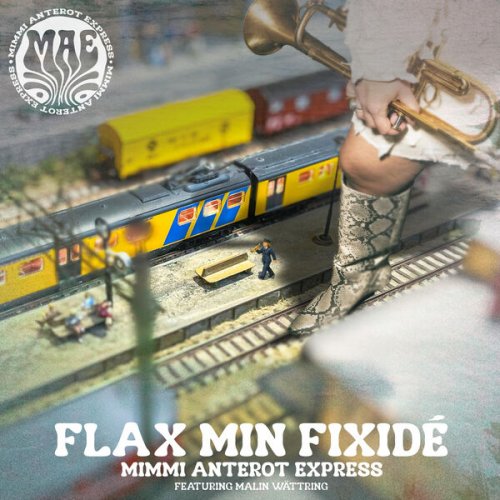


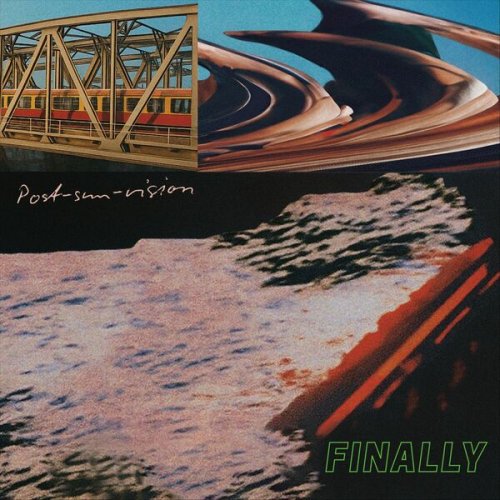
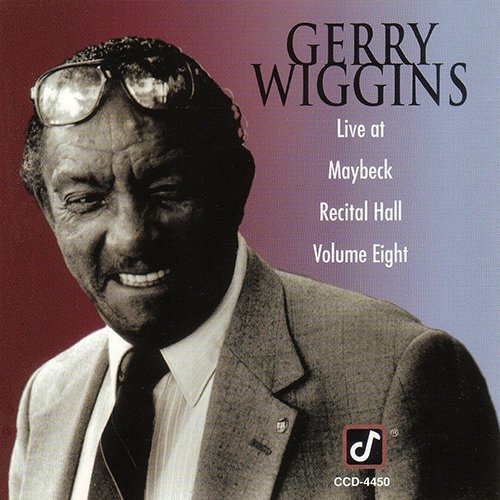
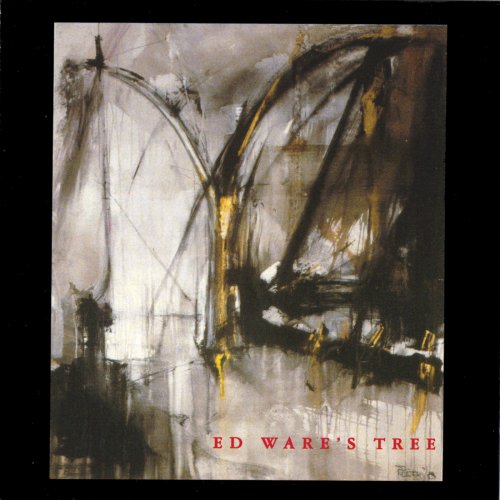
![Frank Sinatra - Christmas (Remastered) (2013) [Hi-Res] Frank Sinatra - Christmas (Remastered) (2013) [Hi-Res]](https://www.dibpic.com/uploads/posts/2025-12/1765618088_fsc500.jpg)
